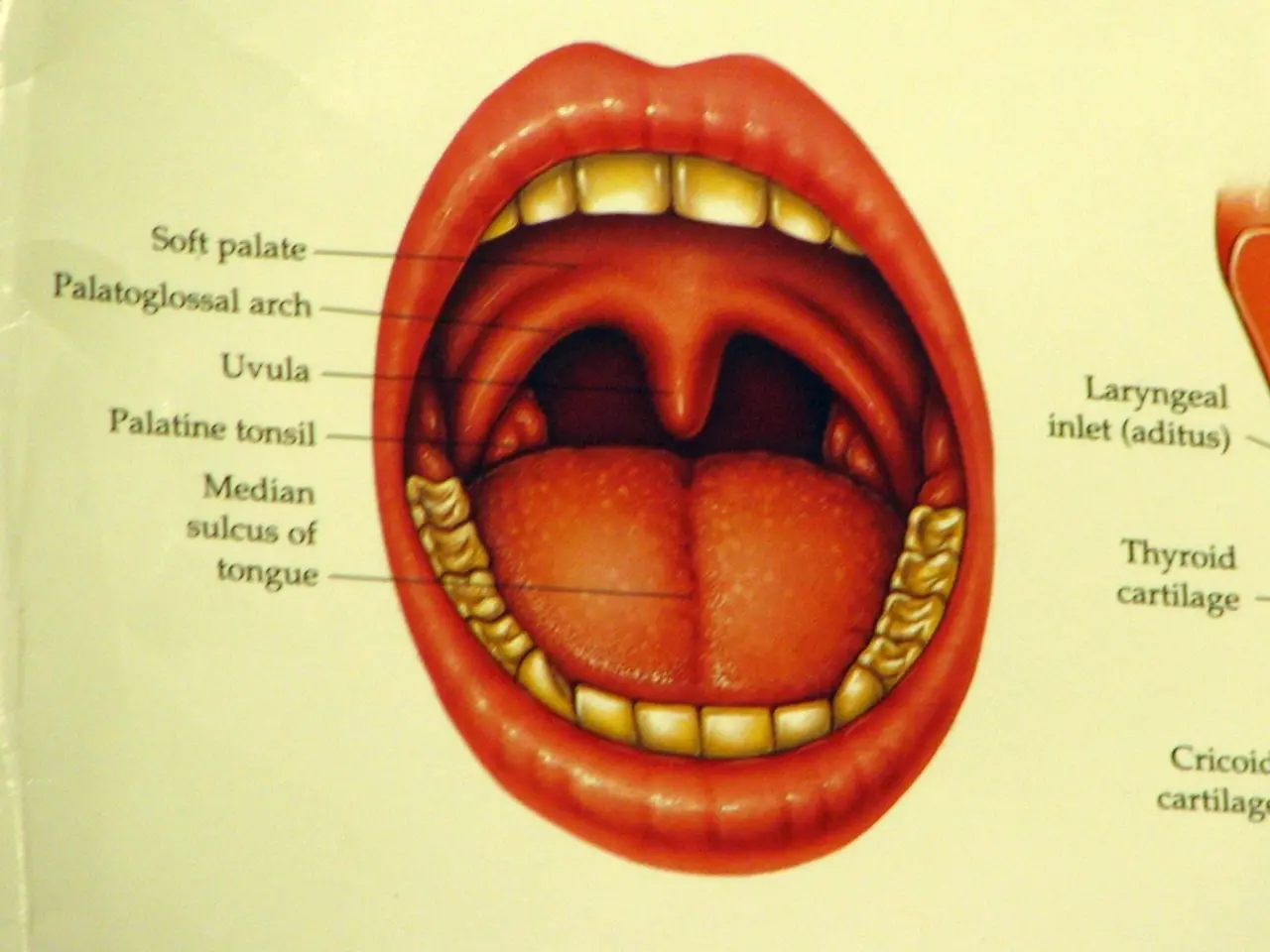The importance of routinely replacing filters in your Oxygen Concentrator is highlighted due to its significant impact.
Maintaining the filters in your oxygen concentrator is a crucial aspect of ensuring the device delivers clean, safe, and effective oxygen therapy.
The filters in these devices are designed to remove dust, airborne particles, harmful bacteria, and germs, and prevent the accumulation of debris. By regularly cleaning and replacing them, you can extend the lifespan of your equipment, maintain its efficiency, and reduce the risk of infections, particularly for vulnerable patients such as neonates.
Manufacturers provide guidelines on when to change filters, based on the device's design and usage. For example, air filters are usually cleaned at least once a week with soap and water, while HEPA inlet filters like those on a Philips EverFlo concentrator are recommended to be replaced every 5,000 hours or roughly every 2 years. Some devices, such as the Inogen One portable concentrators, advise changing their column filters yearly and alert the user when replacement is needed.
Neglecting regular filter changes can lead to reduced oxygen purity, increased strain on the concentrator, potential health risks for patients, and disruption of oxygen therapy. Unusual noises or vibrations from the oxygen machine may indicate clogged or dirty filters.
It's essential to use filters recommended by the manufacturer for your concentrator model. The process of replacing oxygen concentrator filters includes gathering necessary supplies, powering off the concentrator, locating the filter compartment, removing the old filter, inserting the new filter, and powering on the concentrator to check for proper operation.
In areas with high dust or pollution, changing filters more frequently is recommended. Regular filter changes ensure that the air you breathe during oxygen therapy is clean and safe. Checking filters for visible wear, damage, or discoloration can signal the need for replacement before the manufacturer's suggested schedule.
Remember, oxygen concentrators are medical devices designed to extract oxygen from the surrounding air and deliver it to individuals with respiratory issues. The filters in these devices cleanse the air, remove impurities, and maintain air quality. Ensuring their timely maintenance is key to delivering effective oxygen therapy safely, avoiding infections, and keeping your concentrator working optimally.
Always consult your device’s user manual or healthcare provider for model-specific instructions.
- To promote overall health-and-wellness, it's advisable to incorporate skin-care regimens, fitness-and-exercise routines, and mental-health therapies alongside routine maintenance of your oxygen concentrator's filters, ensuring they provide clean and safe oxygen.
- Maintaining the filters in your oxygen concentrator is not only crucial to the device's efficiency but also essential for preventing potential infections, particularly in vulnerable patients, as it guarantees the removal of harmful bacteria and germs from the oxygen supply.
- While it's important to consistently adhere to the filter replacement schedules provided by manufacturers for optimal operation, users in areas with high dust or pollution might benefit from more frequent filter changes to ensure skin care by breathing in clean air during oxygen therapy.




